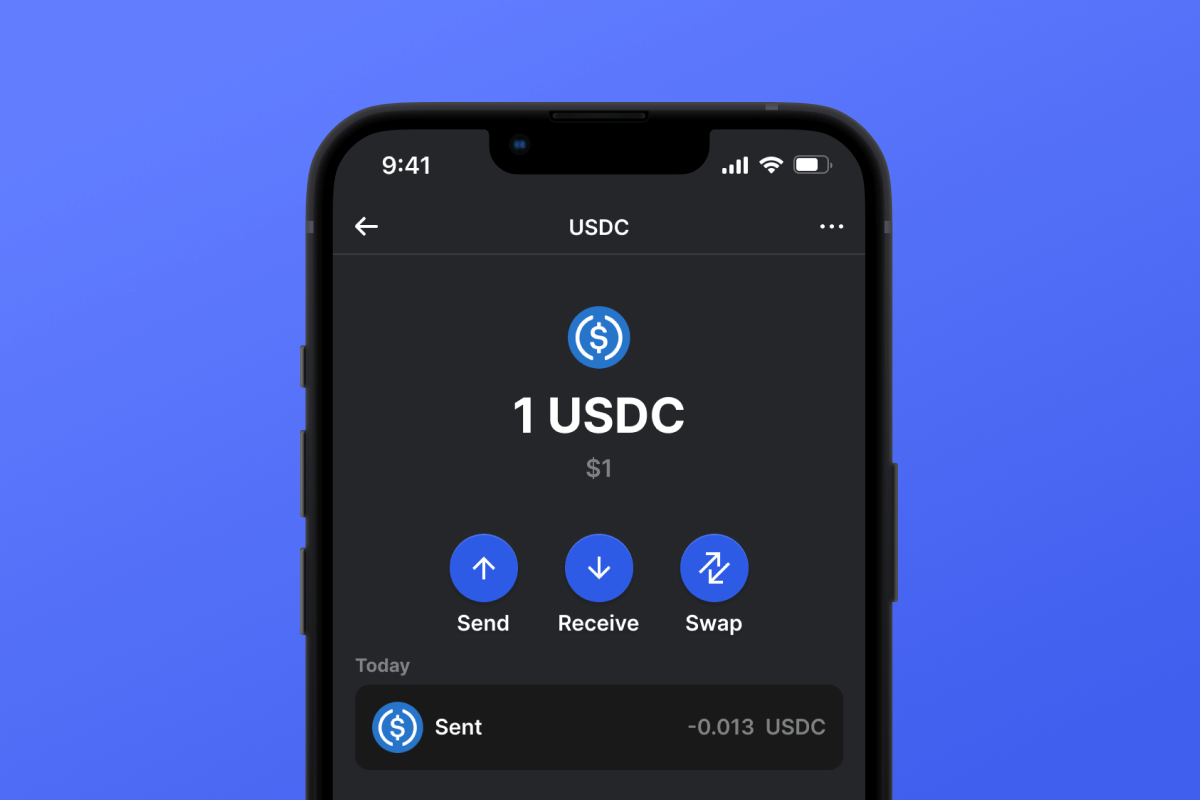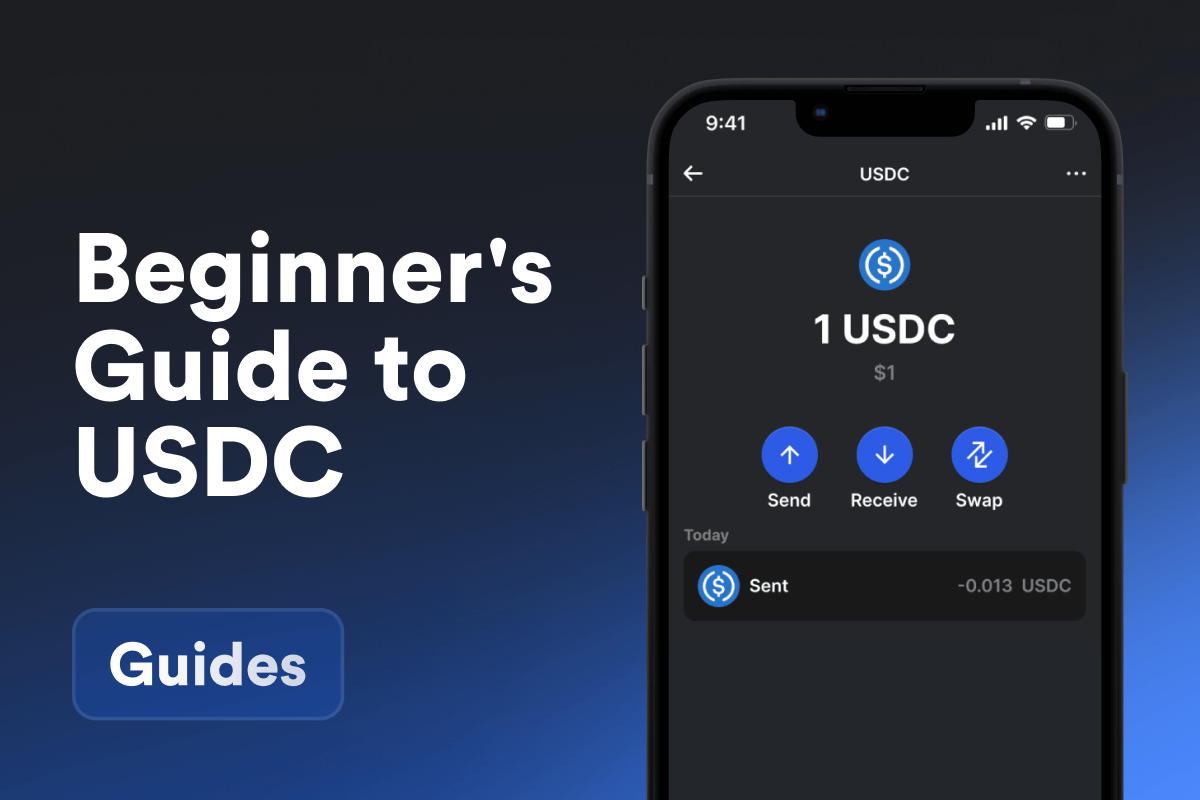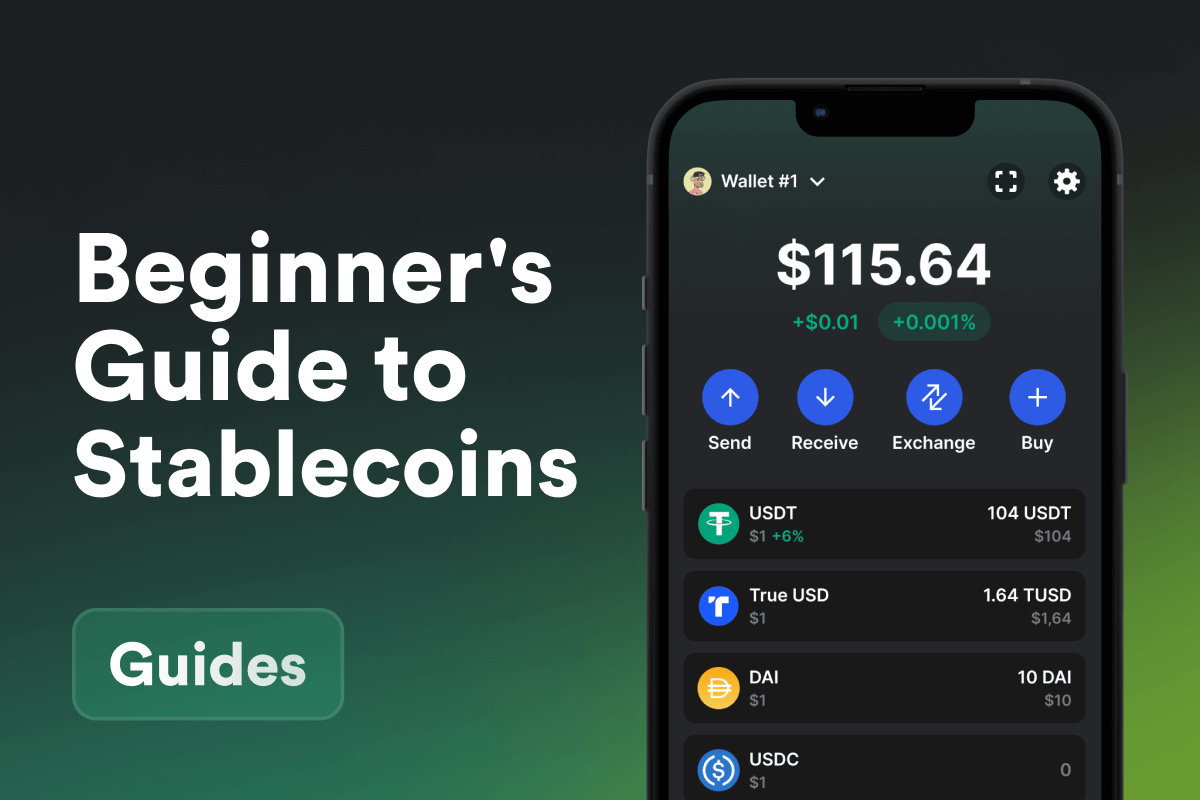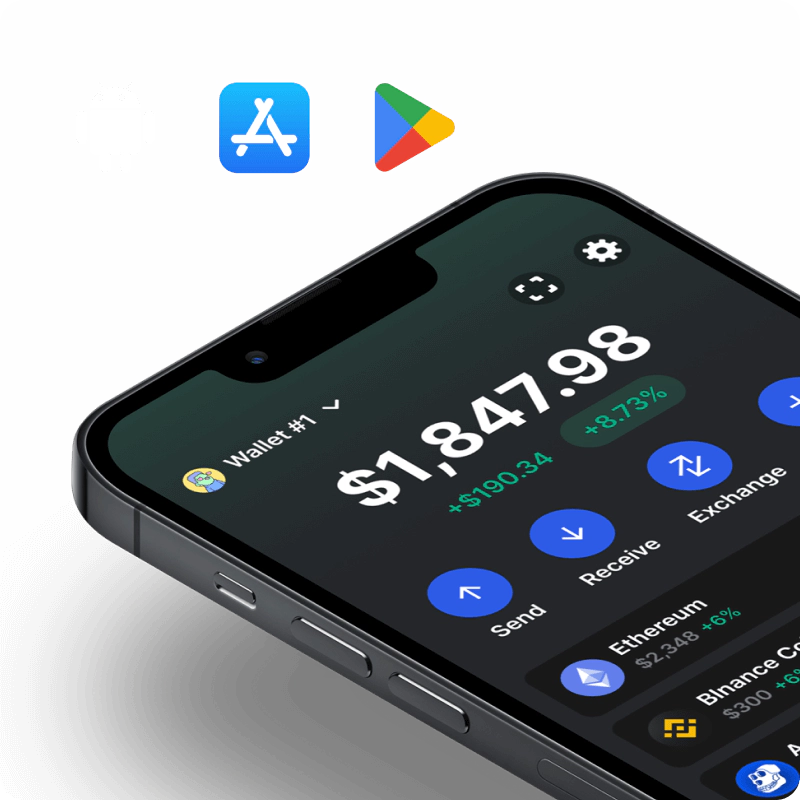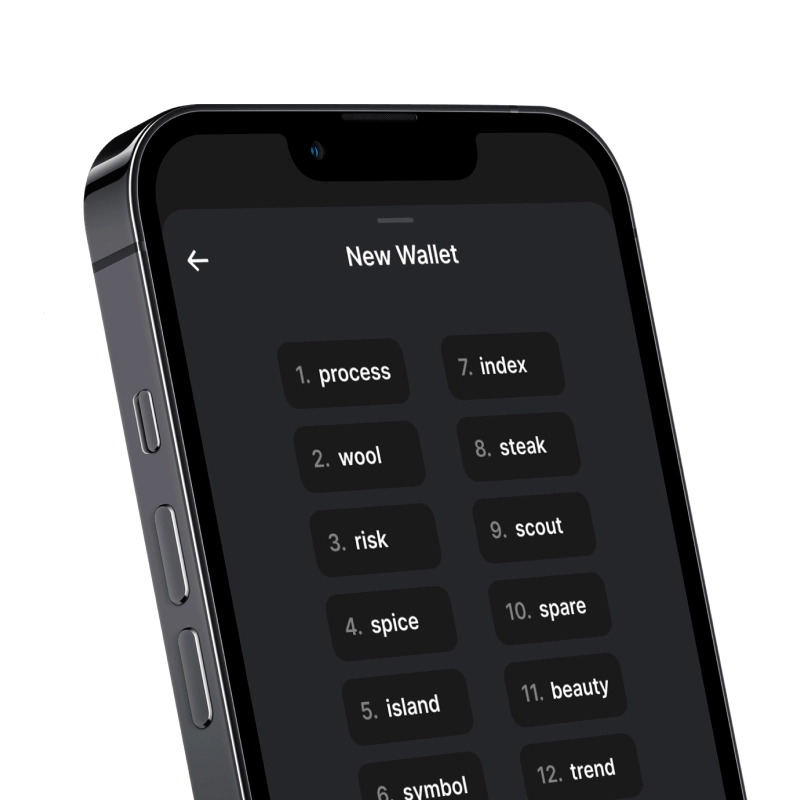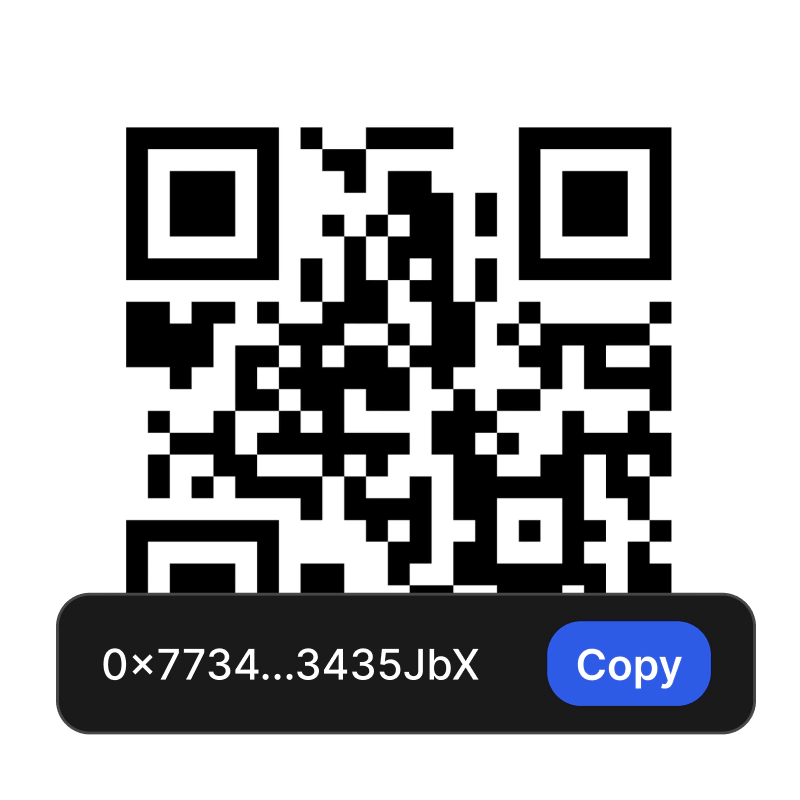What Is USDC?
USD Coin is a type of cryptocurrency known as a stablecoin. Stablecoins are digital currencies that are designed to maintain a stable value, which is typically pegged to a traditional fiat currency like the US dollar. USDC, in particular, is pegged to the US dollar on a 1:1 ratio, meaning each USDC token is worth one US dollar.
- USDC is a digital stablecoin that follows the value of the US dollar.
- It was introduced by the CENTRE Consortium, a collaboration between cryptocurrency firms Circle and Coinbase.
- USDC offers the transparency, security, and speed of cryptocurrencies while maintaining a stable value.
- It is widely accepted in the cryptocurrency market and can be used for a range of financial transactions.
- Circle's Cross-Chain Transfer Protocol (CCTP) allows USDC to be locked-and-minted across supported blockchains.
USDC ERC20 Wallet
The USDC ERC20 Wallet leverages the Ethereum network’s robust security and widespread popularity. Ideal for users engaged in the Ethereum ecosystem, this wallet offers a trustworthy environment for USDC transactions. Note that using USDC on the ERC20 network requires paying transaction fees in Ethereum (ETH). These fees can be conveniently covered by transferring ETH from an exchange to the wallet, or by purchasing ETH directly within the wallet quickly and securely.
How Does USDC Work?
USD Coin operates as a stablecoin, designed to have a stable value tied to the US dollar. It's built on the Ethereum blockchain, leveraging the security and transparency that blockchain technology offers.
- USDC is issued when a user deposits USD with a participating issuer.
- The issuer then mints an equivalent amount of USDC and delivers it to the user.
- USDC tokens can be redeemed for USD at any time, maintaining their stable value.
USDC Wallet Benefits:
Modern digital finance, including the USDC stablecoin, requires a special approach to transaction security and asset privacy. Gem has everything you need to use USDC:
- Security: The USDC Wallet is a manifestation of advanced technology in digital security to protect your assets.
- Self-Custody: Manage your assets directly, without intermediaries. The USDC Wallet is a self-custody solution, where only you hold the key.
- Private USDC Wallet: Gem does not request or process your personal data. You can download the USDC Wallet APK directly from the website to avoid interaction with third-party companies that may put your personal information at risk.
- Universal Device Compatibility: Accessible on iOS and Android, our wallet ensures a smooth user experience across different platforms.
- Diverse Blockchain Integration: Supports a range of blockchains, including Ethereum, TRON, Arbitrum, and Solana, offering transactional versatility with USDC.
- Open-Source: The USDC Wallet is transparent for its users. Verify the functionality and reliability of all features yourself.
- Assured Stability with USDC: USDC maintains a 1-to-1 peg with fiat, ensuring consistent value stability.
- Intuitive User Interface: Designed for ease of use, our wallet makes managing digital currencies effortless for all users.
- Direct USDC Acquisition: Purchase USDC directly in the app in three easy steps and receive it almost instantly. This convenient feature significantly simplifies managing your digital assets.
- Gateway to the Crypto World: USDC serves as a key to the crypto universe, allowing you to swap it for thousands of other tokens, opening up a world of crypto possibilities.
Make the most of the USDC stablecoin! Download Gem today!




